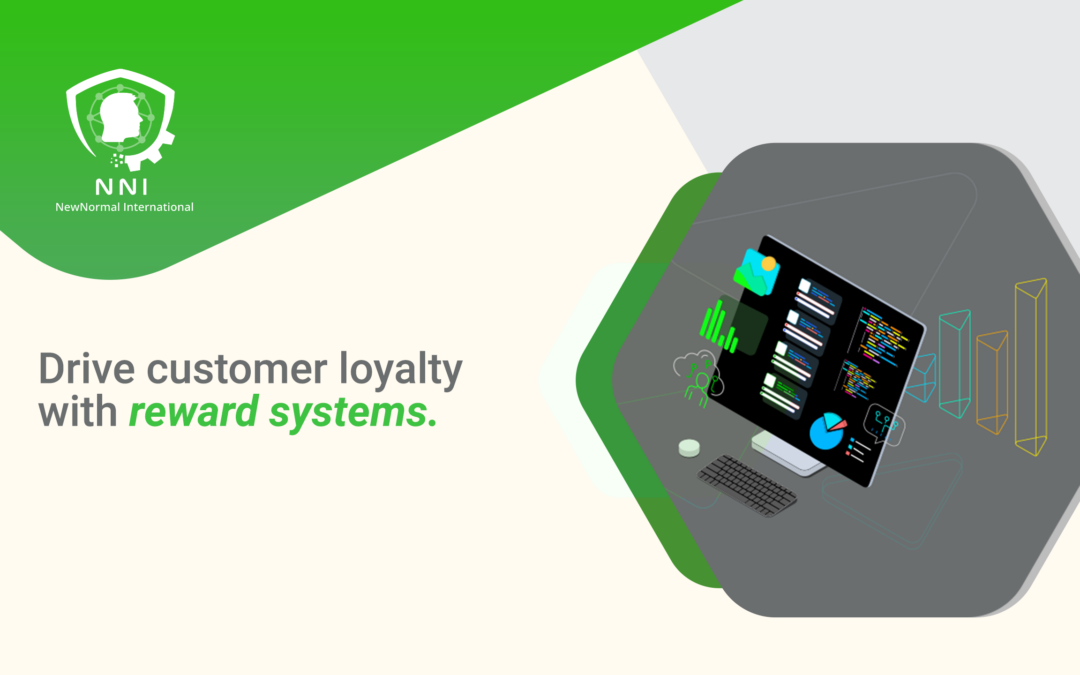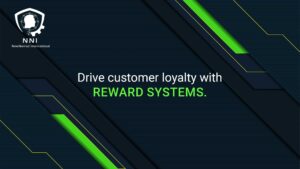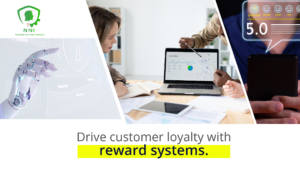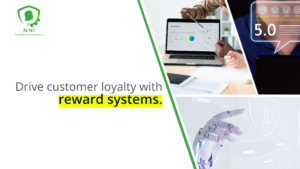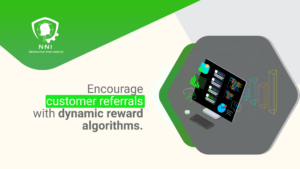The Power of Incentives: Drive Customer Loyalty with Reward Systems
In the ever-evolving landscape of modern business, customer loyalty is a coveted asset. Companies are continually seeking effective ways to keep their customers coming back, and one proven strategy is the use of reward systems. By implementing these programs, businesses can not only encourage repeat purchases but also build enduring relationships with their clientele.
Understanding Customer Loyalty:
Customer loyalty is the result of consistently providing excellent products or services, paired with remarkable customer experiences. Loyal customers are those who not only make repeat purchases but also become advocates for a brand, recommending it to others. Building customer loyalty is crucial because it’s more cost-effective to retain existing customers than to acquire new ones.
Reward systems play a pivotal role in nurturing customer loyalty by providing an added incentive for customers to stick with a particular brand.
The Mechanics of Reward Systems:
Reward systems are structured programs that offer incentives to customers based on their interactions with a business. These incentives can take many forms, such as discounts, cashback, loyalty points, exclusive access, or free products. The key is to make these rewards valuable and desirable to customers.
Here are some fundamental aspects of reward systems:
1. Customer Engagement: Reward systems engage customers with a brand beyond the initial purchase. This engagement can lead to more frequent interactions and increased brand awareness.
2. Data Collection: Rewards programs collect valuable data about customer preferences and behaviors. This data can be used to tailor marketing efforts and improve the customer experience.
3. Repeat Purchases: Customers are more likely to make additional purchases when they know they will be rewarded for their loyalty. This increases the customer’s lifetime value to the business.
4. Word of Mouth: Satisfied customers who benefit from rewards are more likely to share their experiences with friends and family, effectively becoming brand ambassadors.
Types of Reward Systems:
There are several types of reward systems that businesses can implement to boost customer loyalty:
1. Points-Based Systems: Customers earn points for each purchase, which can be redeemed for future discounts or free products.
2. Tiered Systems: Customers progress through different loyalty tiers based on their spending or engagement levels, unlocking increasingly valuable rewards.
3. Cashback Programs: Customers receive a percentage of their purchase amount back as cash or store credit.
4. Perks and Exclusives: Customers gain access to exclusive events, early product releases, or special offers.
5. Referral Programs: Customers are rewarded for referring friends and family to the business.
6. Non-Monetary Rewards: These can include personalized recommendations, thank-you notes, or other meaningful gestures.
Real-World Examples:
Let’s explore a few examples of reward systems in action:
1. Frequent Flyer Programs: Airlines reward loyal travelers with miles that can be redeemed for free flights, seat upgrades, or exclusive lounge access.
2. Retail Loyalty Cards: Many retail stores offer loyalty cards that accumulate points for each purchase. Customers can then use these points to get discounts or free products.
3. Coffee Shop Stamps: Local coffee shops often use stamp cards, where after a certain number of purchases, customers receive a free coffee or pastry.
4. Subscription Services: Streaming platforms and subscription boxes offer incentives to retain customers, such as free trials, discounts, or exclusive content.
Implementing Reward Systems:
To effectively drive customer loyalty with reward systems, businesses must consider the following steps:
1. Understand Your Audience: Know your customers’ preferences and what types of rewards would be most enticing to them.
2. Set Clear Goals: Define what you want to achieve with your reward system, whether it’s increased customer retention, higher average spending, or more referrals.
3. Choose the Right System: Select a reward system that aligns with your business model and customer base.
4. Promote Your Program: Ensure your customers are aware of your reward system and understand how it works. Use various channels, from your website to email marketing and social media, to communicate the benefits.
5. Collect and Analyze Data: Use the data gathered from your reward system to fine-tune your approach and understand customer behavior better.
Building Long-Lasting Relationships:
Customer loyalty is a valuable asset in any business’s arsenal. Reward systems provide an effective means to drive customer loyalty by offering tangible incentives for repeat purchases and ongoing engagement. By understanding your customers, setting clear goals, and implementing the right system, you can build long-lasting relationships with your clientele, ultimately reaping the rewards of their loyalty.
#CustomerLoyalty #RewardSystems #IncentivePrograms #RepeatCustomers #BrandLoyalty


